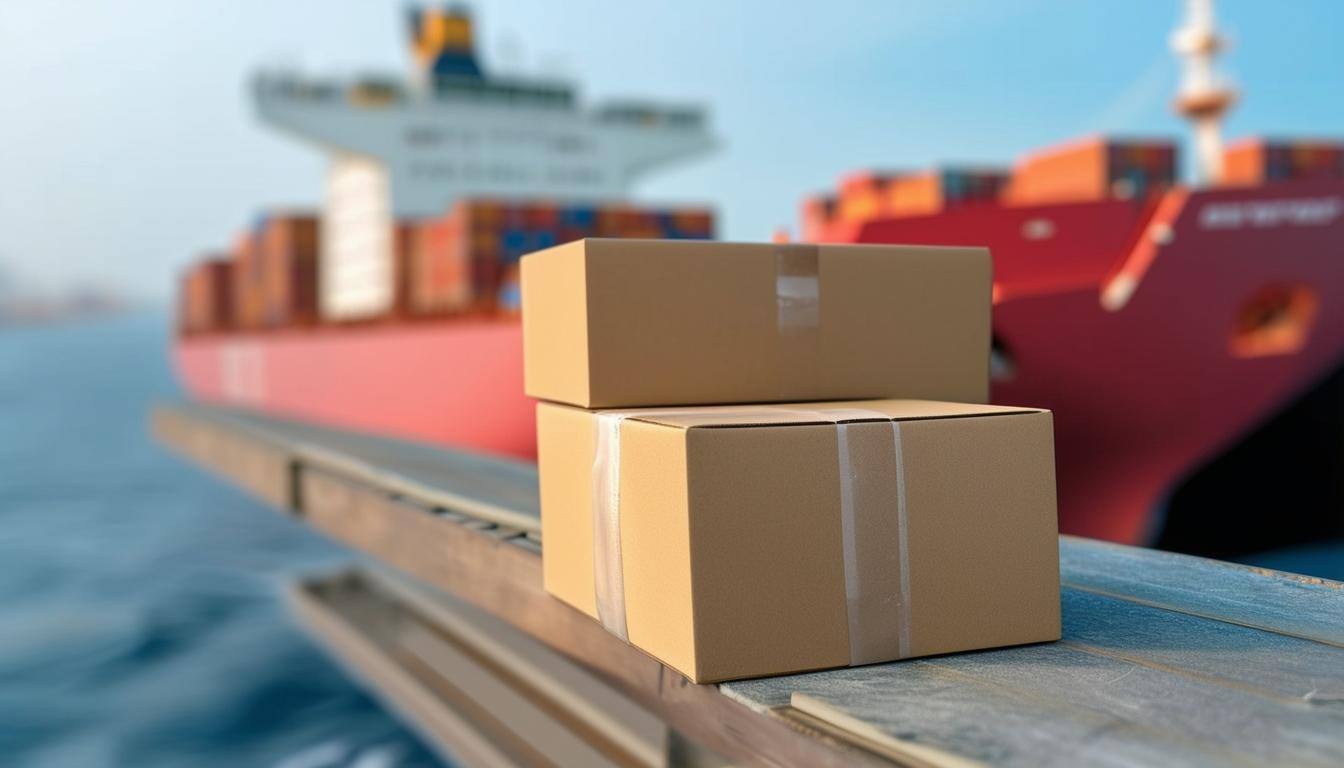If enacted, how new tariffs could impact cannabis packaging and equipment
Taking a Hit From Tariffs in 2025
With president elect Donald Trump coming back in office, the cannabis industry is watching closely as his administration’s stance could be transformative, possibly leading to unprecedented federal reform. However, Trump’s proposed trade policies also bring the prospect of new tariffs on Chinese imports, which could impact the cost of crucial supplies for cannabis businesses.
For those unfamiliar, a tariff is a tax on imported goods designed to make foreign products more expensive, often to protect domestic industries. For instance, if a 25% tariff is imposed on steel, the cost of importing steel from China increases by 25%, and these added expenses typically get passed down to businesses and ultimately to consumers. In the cannabis industry, which relies heavily on imported packaging, hydroponic supplies, and equipment, such tariffs could lead to substantial price increases, impacting dispensaries, growers, and production facilities alike.
Turnkey Opportunities:
Packaging Challenges: From Pre-Roll Tubes to Glass Jars
Packaging is one of the first areas likely to feel the pinch of new tariffs. Cannabis products require specific packaging—from pre-roll tubes and mylar bags to cardboard boxes and glass jars—that meets regulatory and branding standards. Most of these materials are sourced from overseas, where prices are competitive. If tariffs increase the cost of imports, dispensaries may need to pay more for essential items like child-proof tubes, vaporizing hardware, and premium glass jars. While these items keep products fresh and compliant, price hikes on packaging could force dispensaries to pass costs on to consumers or seek out alternative suppliers—if they’re available domestically.
Equipment Impact: AC Units, Benches, and Lighting
On the cultivation side, tariffs could impact the cost of large-scale equipment required for optimal growing conditions. Grow operations depend on imported items like air conditioning units, LED grow lights, and hydroponic systems, all of which could see significant price increases under new tariffs. Additionally, construction materials like steel for frames and benches, and aluminum for structure and equipment, may become costlier to import, raising the expenses for expansions or upgrades. Without affordable access to these tools, cultivation setups could face delays or the challenge of using lower-quality equipment, potentially affecting crop yields and quality.
Looking Ahead: Forward in the Quest for Cannabis Reform
While the industry braces for potential cost increases on imported supplies, there’s hope that federal reforms will continue to push cannabis toward mainstream acceptance and national legalization. With the industry’s constant pursuit of progress, these challenges can be met with innovation and resilience. Tariffs may increase costs, but in the ongoing journey to legalize and normalize cannabis, we’re not slowing down. Reform is on the horizon, and the cannabis industry’s march forward won’t be stopped.
Stay Informed!
Subscribe to our blog to stay updated on the latest cannabis policy changes, industry news, and exclusive investment opportunities.

Comments